On 4 April the Royal Household revealed the design for invitations to the Coronation, the work of heraldic artist Andrew Jamieson. While the design is a riot of flora and garden fauna, heraldic and otherwise, one feature of the invitation has above all invited comment – the presence of an anthropomorphic green ‘foliate head’, wearing a crown of oak and hawthorn, with leaves of daffodils curling up almost like a pair of horns. Within minutes, the decorative face had been named. He was the ‘Green Man’, a vaguely defined figure found on plaques in gardens around the nation, who is in turn indelibly associated with another concept: paganism.
The Green Man is not, as many claim, an ancient fertility god, but something much stranger: a twentieth-century creation
The idea that the King approved an invitation to an avowedly Christian Coronation ceremony with a design suffused with ‘pagan’ imagery might suggest, on the face of it, a subversive act on the part of the monarch. Breathless speculation about the King’s real beliefs followed. Is he really a pagan? Is he a follower of New Age spiritualities? Is he about to inaugurate a new religion? Or does this all risk turning the Green Man into a straw man, a projection of public anxieties about the new reign and the King’s spirituality, which seems less strictly pinned down than Elizabeth II’s?
The King has insisted on retaining the overtly Christian character of the Coronation ceremony, and it is unlikely he personally suggested the design of the Coronation invitation (he most likely approved it instead). So at least some of the frenzy of speculation surrounding the ‘Green Man’ image is probably unjustified. The design’s focus on nature (like the official logo of the Coronation, a crown composed of flowers) is perhaps a more significant indication of what really matters to King Charles than a single decorative element, however striking. Instead, the face in the leaves is little more than a bit of symbolism, a personification of the natural world. The vast majority of the Green Men in English gardens are probably not owned by pagans, after all.
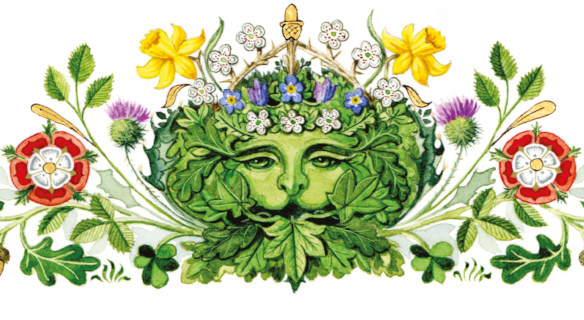
The Green Man is an intriguing figure. He is not, as many claim, an ancient fertility god, but something much stranger: a twentieth-century creation, a deity invented in modern Britain. In 1939 the folklorist Lady Raglan published an influential article which drew together several disparate strands to construct an imagined character whom all written sources, strangely, had previously failed to mention. According to Lady Raglan, the foliate heads often found in medieval churches portrayed a figure who was commemorated by pubs named ‘The Green Man’ and the dancer bedecked with foliage (known as ‘Jack-in-the-Green’) who was part of May Day festivities. Hiding in plain sight in churches, the Green Man embodied ongoing pagan sympathies.
Many historians and folklorists have debunked Lady Raglan’s claims. There were no pagans in high medieval Britain, stonemasons often indulged in bizarre visual jokes or favoured a particular motif for no apparent reason, and a ‘green man’ in early modern England just meant a man who dressed in green. But the debunking didn’t work; people had already come to believe that a god called the Green Man existed. A brisk trade in clay and resin replicas of foliate heads in Britain’s churches helped. No one was worshipping the Green Man at this point, but the notion that a deity cheekily lurked in churches tickled mid-century Britons’ desire for a little light-hearted subversion at a time when the Church was losing its grip on national life.
The Green Man rapidly established his place as a British icon: a symbol of the supposed survival of the ‘old ways’, an embodiment of joyous fertility who would come to root the new spiritualities of the 1960s in something native and ancient – or seemingly so. It is worth remembering that King Charles is a man who came of age in the 1960s. Just as his mother came of age in the 1940s and imbibed the austere garrison-chapel piety of the wartime era, so the young Prince Charles was drawn to the vaguer, more mystical spirituality of his own age. He was never a hippie, of course – but is there just a hint of ‘flower power’ in the highly floral imagery that already suffuses the Coronation?
All in all, the King’s approval of a design that includes a Green Man is probably the same sort of aesthetic choice that causes a gardener to put up a face in their back yard – even if the prominence of something so whimsical on an invitation to a great ceremony of state is a little alarming to some. Yet is the King’s persistent frankness about his love of nature that marks the character of the new reign, not the inconsequential choice of the Green Man.
Got something to add? Join the discussion and comment below.
Get 10 issues for just $10
Subscribe to The Spectator Australia today for the next 10 magazine issues, plus full online access, for just $10.

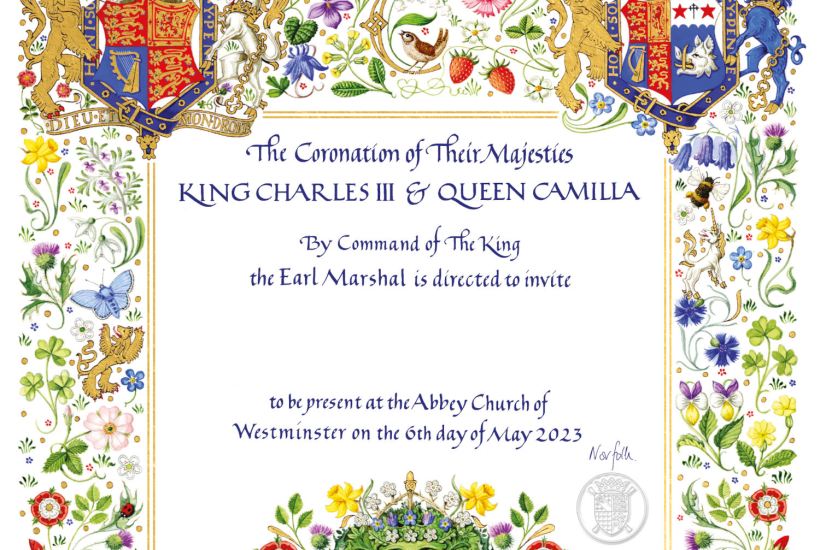

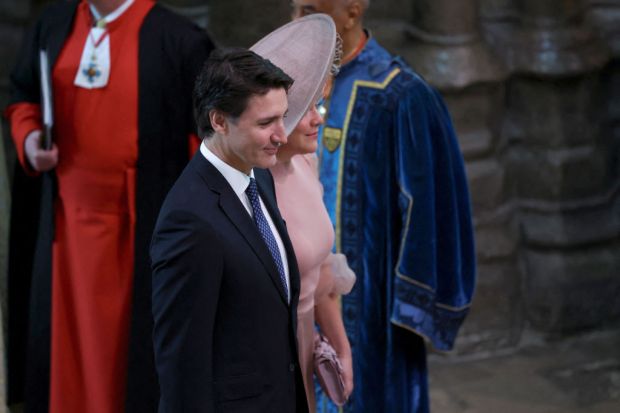
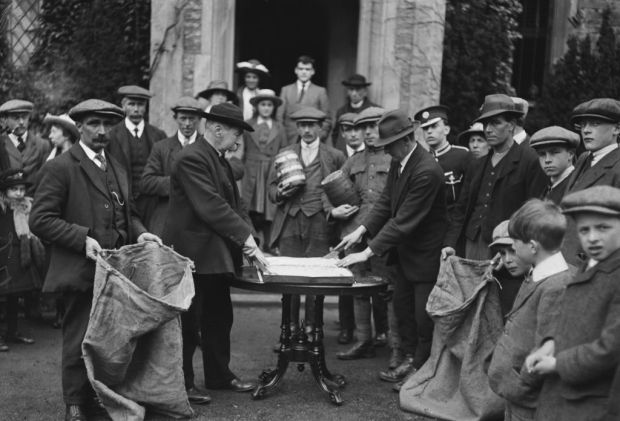

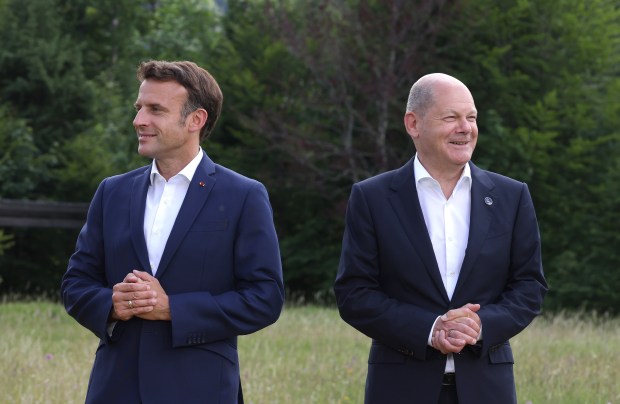













Comments
Don't miss out
Join the conversation with other Spectator Australia readers. Subscribe to leave a comment.
SUBSCRIBEAlready a subscriber? Log in